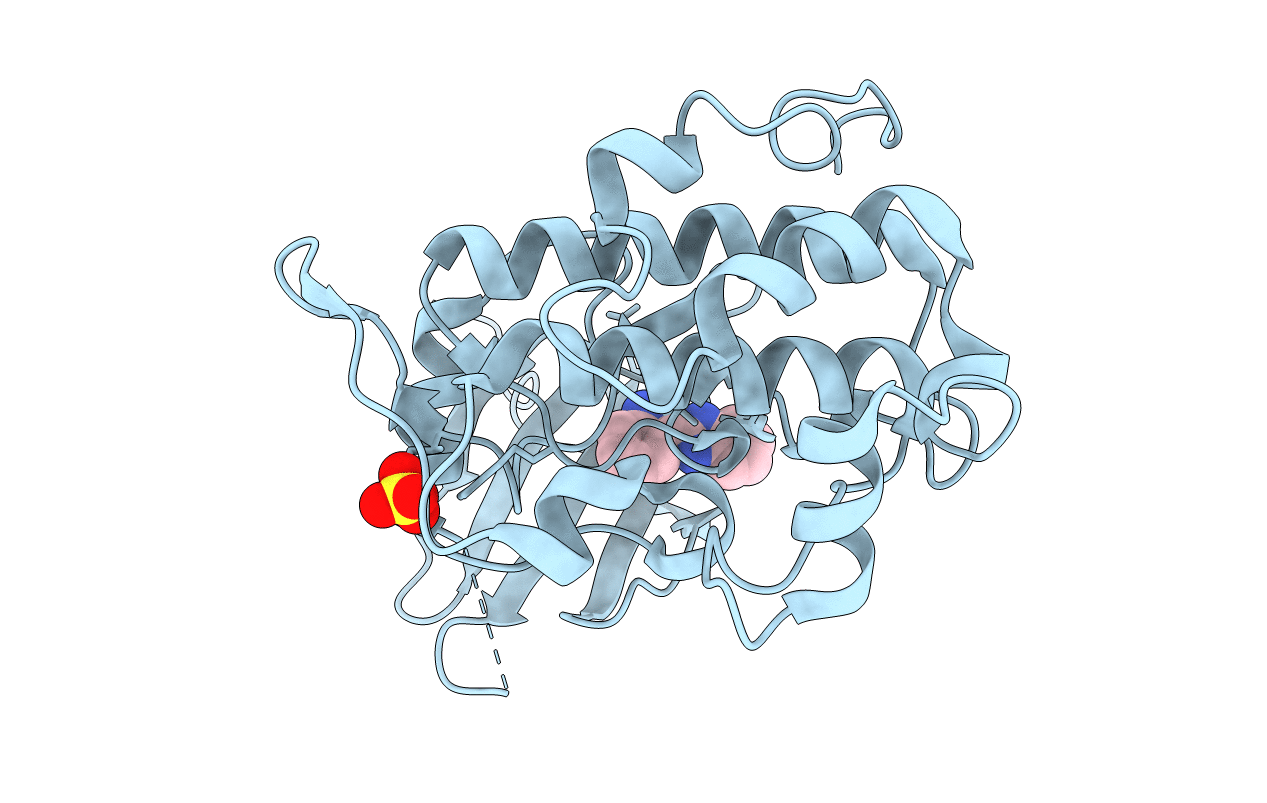
Deposition Date
2005-10-10
Release Date
2005-11-23
Last Version Date
2025-10-01
Entry Detail
PDB ID:
2C3L
Keywords:
Title:
Identification of a buried pocket for potent and selective inhibition of Chk1: prediction and verification
Biological Source:
Source Organism:
HOMO SAPIENS (Taxon ID: 9606)
Host Organism:
Method Details:
Experimental Method:
Resolution:
2.35 Å
R-Value Free:
0.27
R-Value Work:
0.18
R-Value Observed:
0.18
Space Group:
P 1 21 1


